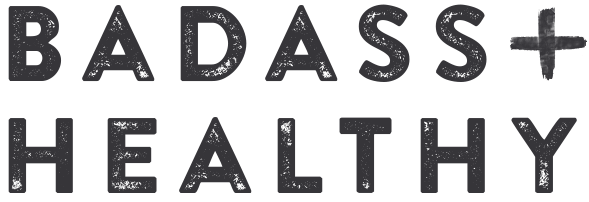Your New Year’s goal may include getting stronger and more fit. Did you know that you could be sabotaging those efforts by not following some best practices before, during and after your workout? Women’s wellness expert Kim Schaper, who offers online coaching and wellness programs, provides the following advice on how to make your fitness routine the most effective it can be.
Get the most out of your workout routine by following these 2024 fitness best practices:
1. Just Do It.
Yes, 45 minutes is ideal for your workout, but even 10 minutes is better than nothing. “People often have this preconceived notion that they have to hit the gym and workout forever or it doesn't count so they end up doing nothing. Here's the thing...even just 10 or 20 minutes can provide benefits. It doesn’t have to be this all or nothing mentality,” Schaper says. However, don’t overdo it. A cardio workout for longer than an hour can actually have a negative effect because it stimulates a cortisol response in your body. “It stresses your system, which can work against you and in turn keep more weight on you,” she notes.
2. Workout in the AM (If You Can).
The ideal time to work out is when your energy is at its highest. This means the morning is typically the best time for most people. That said, Schaper notes that it really depends on the person and your schedule. “Consistency out-wins everything else. When are you most likely to exercise? When is your willpower the highest?” she says.
3. Start with a Dynamic Warmup.
From our high school gym days, we may have gotten into the habit of stretching before exercise. Stop. That. Right. Now. Schaper says “static stretching” can hurt more than help you. “Cold muscles lead to injury. You’re more prone to getting injured by stretching before your muscles are warmed up,” she explains. Instead, begin your workout with a dynamic warmup. These mobility drills or explosive movements include moves like the inchworm, where you stand to start, then put your hands on the ground and walk out to a pushup parallel to the floor. From there, you can hold plank or do a pushup and then walk toes back up and stand up, finishing where you started.
4. Drink Water.
You’ve heard this before and now you’re hearing it again—because hydration is essential! Sixty percent of the human adult body is water, and you need the fluid before, during and after a workout. “When you are dehydrated, you are more fatigued and prone to dizziness, both of which affect your fitness,” Schaper explains. If you are a person who can’t drink water during a workout because you get stitches in your side, then Schaper suggests sipping on it instead of taking large gulps.
5. Get Back to the Basics.
While there’s certainly nothing wrong with Bosu balls or TRX machines, you can get the results you desire by simply making sure every workout incorporates five basic moves. These include: squats, hinges, pushes, pulls and lunges. “Those foundational movements are game changers that you want to use in every workout,” says Schaper. A squat is where you bend knees and lower your hips and then stand back up; hinges mean you’re hinging from your core with something like a dead lift or kettlebell swing; a push could be a chest press or pushup; a pull is a seated row or seated lateral pulldown; and a lunge refers to any position where one leg is forward with knee bent and foot flat while the other leg is behind it. An optional additional move is a carry, which could be something like holding dumbbells over your head and walking slowly.
6. Fuel Your Body.
Don’t workout hungry. “If you don’t eat, you won’t be as strong or fast or have as much energy,” says Schaper. Eat a snack of protein and carb about 30 to 45 minutes prior to your workout if you’re running on fumes. Schaper's go-tos are a banana and some yogurt, a protein shake or half a bagel with almond butter. “The carbohydrate-and-protein combo is great because carbs release glucose to keep your energy up and protein keeps you feeling satisfied for longer. We burn through the carbs first and then protein,” she explains. Then again, everyone is different so see how it makes you feel. If you feel shaky or tired during your workout, you likely need some fuel. Another option is to eat right after your workout.
7. Try a Foam Roller Post-Workout.
When it comes to foam rolling, there are no absolutes. In general, the best time to foam roll is after your workout to help improve your local tissues. “When used appropriately, foam rolling can be super effective and a great tool for improving performance, recovery and proper mobility. When used in excess is when it can become problematic and can cause issues like dysfunction and improper movement patterns,” advises Schaper.
8. Above All, Listen to Your Body.
“Tap into your body’s cues and see how you feel. If you’re sore and tired, take a day off. If you’re rested and recovered, go for another workout. Quality over quantity, every time,” Schaper advises.
You might also like this post: Honest Review of Tracy Anderson’s Online Studio Classes

